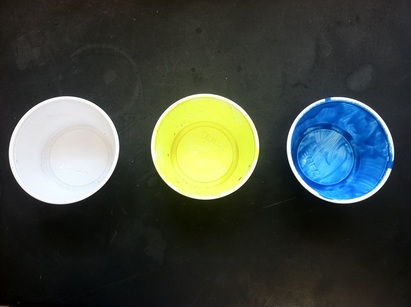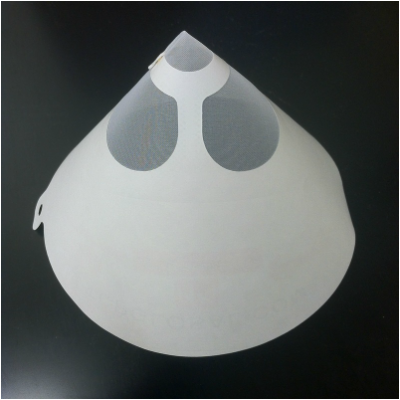By: Rachel Fahey
Faculty Research Assistant
Faculty Research Assistant
Although honey bee research remains the focus of the vanEngelsdorp bee lab, sometimes we are able to branch out into other research fields. This is largely in part to our team of lab personnel and undergraduate researchers who come from various scientific backgrounds. The University of Maryland native bee survey began in the summer of 2014, as a project initiated by our undergraduate researcher Sue Boo in coordination with Carin Celebuski from the campus arboretum. Although Sue has moved to another university to continue her studies, the native bee survey continues on with our new undergraduate researcher Dejen Mengis. The original goal of the native bee survey (which remains true today) is to determine the diversity and prevalence of native bees on campus.
There are eight sampling locations on campus, ranging from flowering native bee gardens to lawns between residence halls. Every 2 weeks Carin Celebuski generously drove our team around campus on a golf cart to each site. We placed 24 bowl traps of alternating fluorescent blue, yellow and white at each sampling location. The bowls were always placed in sunny areas along the edge of gardens or walkways, about 5 meters apart. Each bowl was then filled ¾ full with soapy water (we only use original Dawn soap as citrus scents repel bees). The soap is essential because it decreases surface tension and allows even the smallest bees to sink below the surface. We then waited a full 24 hour period before returning the next day to pick up our specimens. At each site we poured the bowl traps through a paint filter (labeled with the site name, date and time) and placed them in a whirlpak. Once back at the lab we added ethanol to preserve the samples and then placed them in the freezer.
The process that we used to collect specimens was modified from the Handy Bee Manual compiled by Sam Droege from the USGS Native Bee Inventory and Monitoring Lab. This manual was designed to help guide eager entomologists (like us) in the capture, processing, and identification of bees. Both Sue Boo and Dejen Mengis worked under the tutelage of Sam Droege before coming to our lab where they learned these processes first-hand.
Now that the sampling season is over, we are focusing on washing, drying and pinning bee specimens. The next step will be to identify and document the specimens for each sampling site. As you can imagine, our native bee collection will grow with each coming year. In the future we hope to use our survey data to answer research questions unique to the native bee species in Maryland.



 RSS Feed
RSS Feed